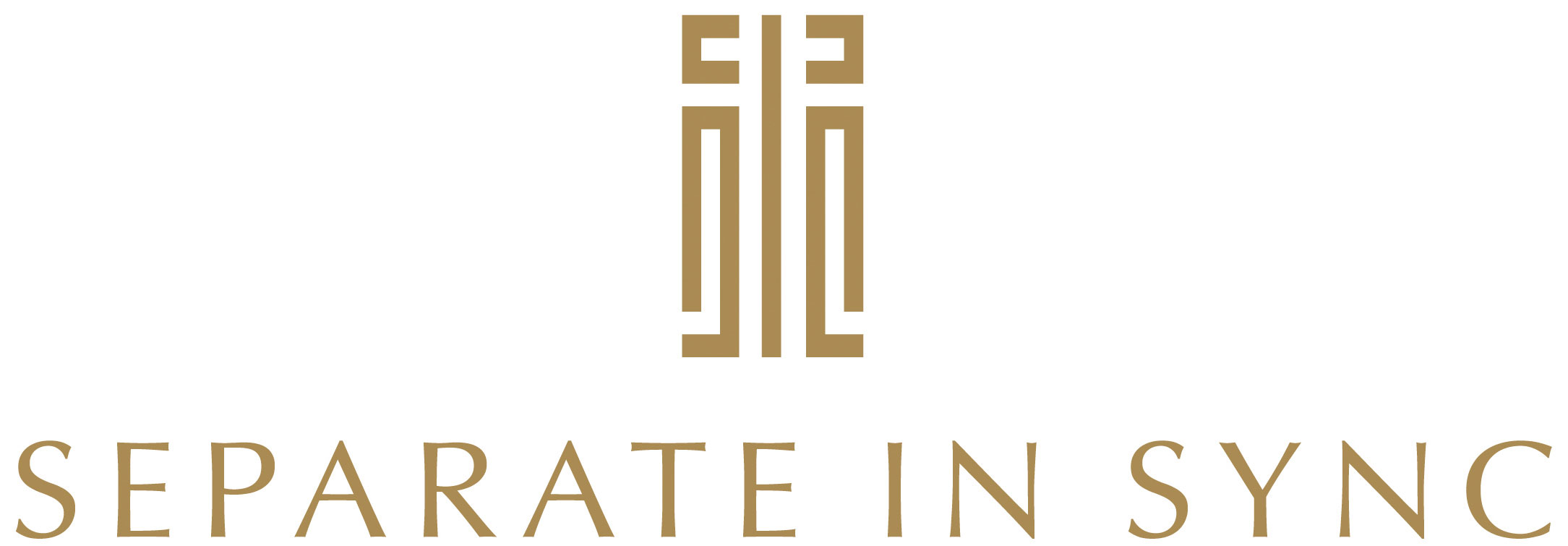Family Dispute Resolution
Family Dispute Resolution
When a relationship breaks down and children are involved, it’s essential the separation process stays respectful and focused, and puts the children’s interests first.
Family Dispute Resolution offers a practical and structured alternative to court when you and your ex-partner are looking to separate or divorce and you want to minimise the fallout on your children.
When you engage Separate in Sync, I oversee this process, using my experience as a family lawyer and neutral mediator.
Family Dispute Resolution encourages separating couples to consider all factors so that you arrive jointly at a workable solution that takes account of your children’s best interests. Agreements can then be incorporated into a parenting plan.
Undergoing Family Dispute Resolution is also a vital first step in Australia’s family law process, and something you will have to do before you’re allowed to apply to a family law court for parenting orders.
Family Dispute Resolution works by letting separating partners or families reach their own agreement through an informal but organised framework.

Children can be included in the family dispute resolution process. In Australia, a child inclusive model developed by Jennifer McIntosh has been widely adopted. This model engages a separate child specialist to meet with your children and ask a series of appropriate questions. These questions remain neutral and the answers are then conveyed back to parents in a separate session.
As a general guide there are 5 main topics that child specialists raise when meeting with children. These include:
- the child’s experience of time with and without parents, friends, etc.
- the child’s experience of their connections with others
- the child’s emotional experience of the divorce/separation
- the child’s physical experience in each environment and their personal items.
- the child’s experience with the exchanges and transitions between households.
After the child specialist meets with the children and gathers information from the children, they then make an important determination about the level of disclosure they will share with parents. Generally, there are 3 levels of disclosure:
1. A low level of disclosure, giving only general developmental feedback to parents.
2. A moderate level of disclosure sharing general developmental feedback and some specifics about the child/children which may or may not include direct quotes and
3. A high level of disclosure where the child specialist facilitates direct and detailed feedback between the child and the parents.
A variety of factors, including the child’s comfort level regarding information to be possibly shared, the ability of parents to hear and understand potentially difficult information, the specific family dynamic and the level of effective communication and problem solving parental skills demonstrated at this emotionally difficult time will impact what is fed back to parents.

Please contact me to discover more about Family Dispute Resolution.

Sage solutions for separating couples wanting to resolve their differences amicably.
MENU
Contact Info
Level 2, 80 Alfred St
Milson's Point NSW 2061
+61 424 515 515


